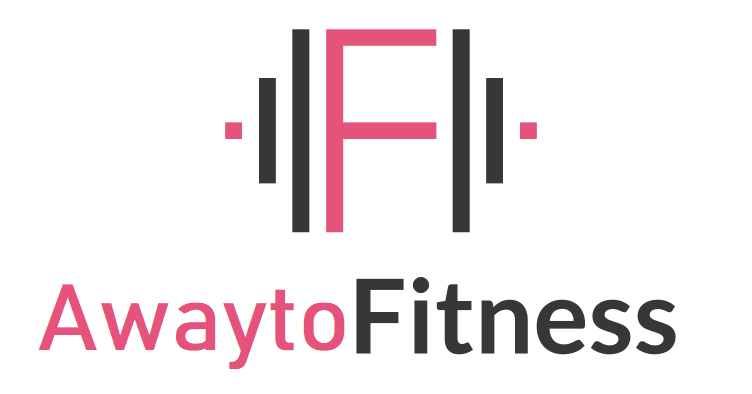Holistic therapy is a generic term for any treatment that is intended to treat the individual as a whole (mind, body and spirit). This term is also often used as a catch-phrase for complementary or alternative medicine. Whatever you care to call it, there is a growing trend toward supplementing traditional medicine with other methods of healing. Two examples of these are pilates and yoga.
Pilates
This is a technique invented 70 years ago by Joseph H. Pilates. It focuses on improving flexibility and strength for the overall body, but doesn’t build bulk. Some of the first people to use pilates were legendary dancers Martha Graham and George Balanchine. More than just exercise, pilates are a series of controlled movements to engage one’s body and mind. It changes muscle recruitment patterns, correcting common muscle imbalances, restoring good alignment and natural normal movement.
These are just some of the benefits of Pilates:
- greater strength and muscle tone
- more efficient respiratory, lymphatic and circulatory systems
- better posture
- a flatter stomach and trimmer waist
- improved flexibility
- less incidence of back pain
- increased joint mobility
- lower stress level
Yoga
Yoga is aimed to unite the mind, the body, and the spirit. Yogis view that the mind and the body are one, and that if it is given the right tools and taken to the right environment, it can find harmony and heal itself. Yoga therefore is considered therapeutic. It helps you become more aware of your body’s posture, alignment and patterns of movement. It makes the body more flexible and helps you relax even in the midst of a stress stricken environment. This is one of the foremost reasons why people want to start Practicing Yoga – to feel fitter, be more energetic, be happier and peaceful.
Some of the main benefits of yoga are:
- stable autonomic nervous system equilibrium
- pulse rate and respiratory rate decrease
- decreased blood pressure
- musuclokskeletal flexibility and joint range of motion increase
- eye-hand coordination and reaction time improves
- energy level increases
- weight normalises
- posture improves
- sleep improves and immunity increases
- depth perception and balance improve
- mood improves and subjective well-being increases
- anxiety and depression decrease
- memory, attention and concentration increase
- social skills and well-being increase
